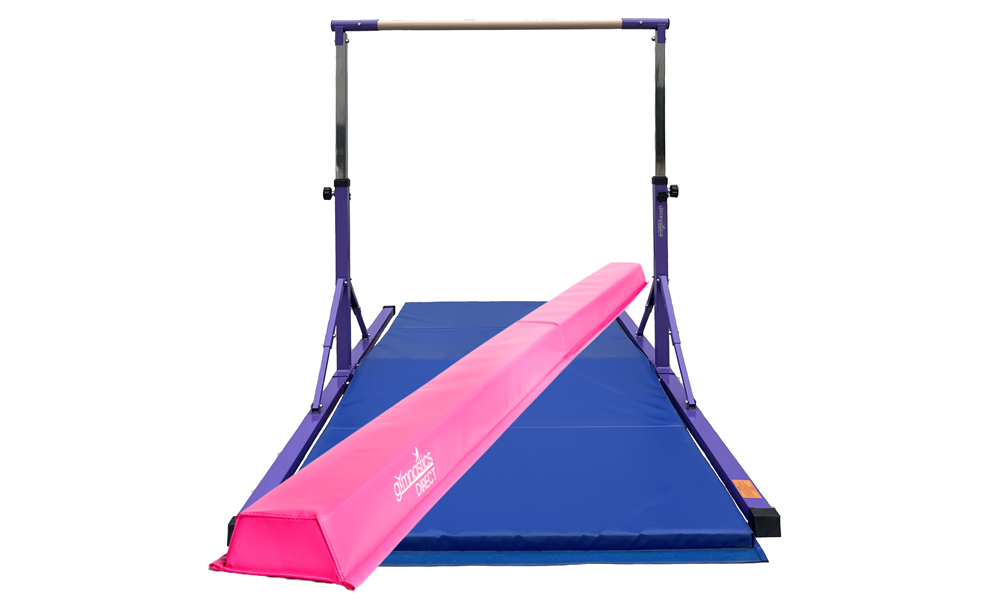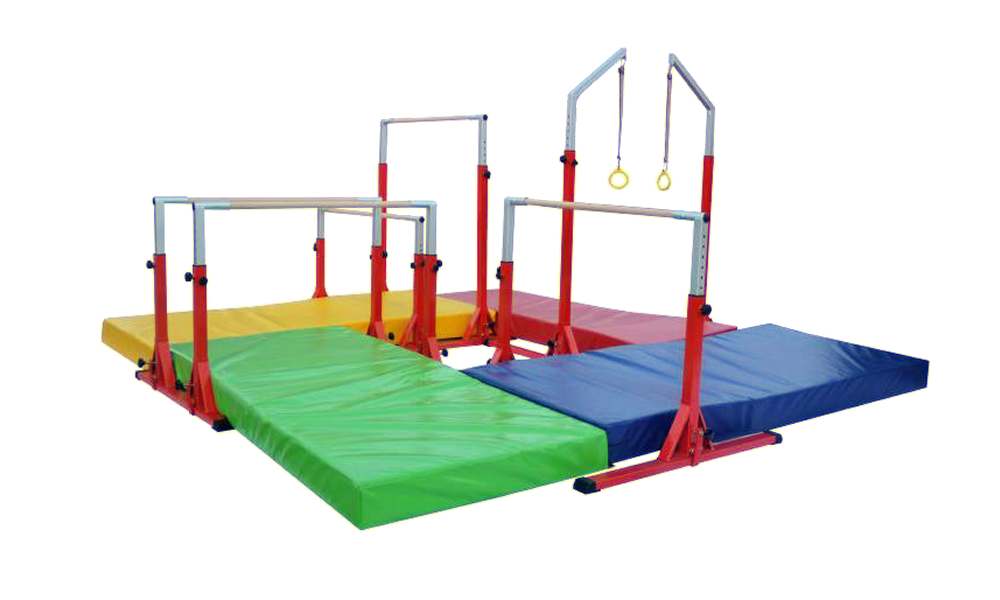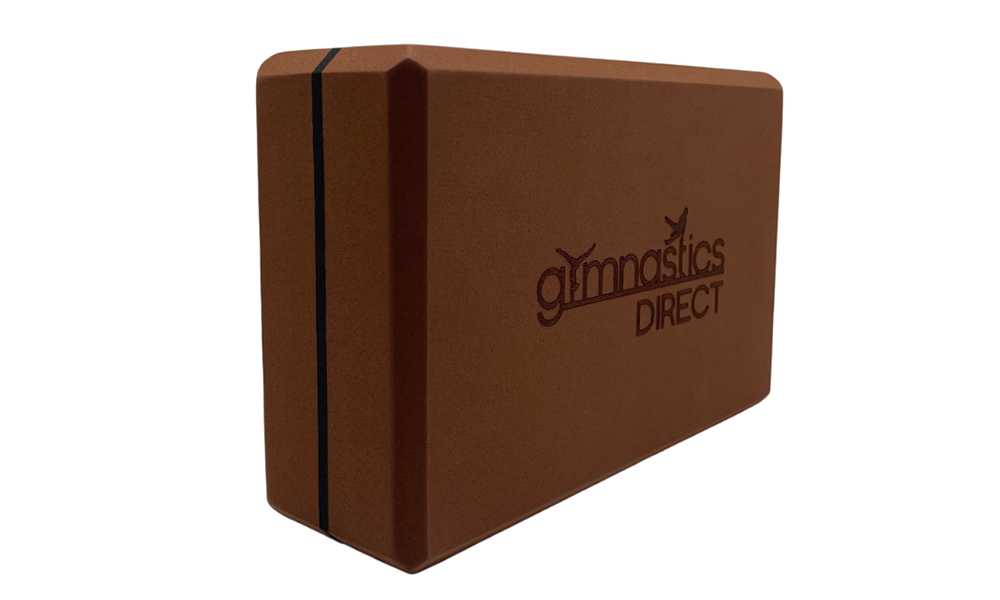Psychological Imagery and Visualisation for Gymnasts with Dr. Sue Jackson
February 25, 2021 2 min read
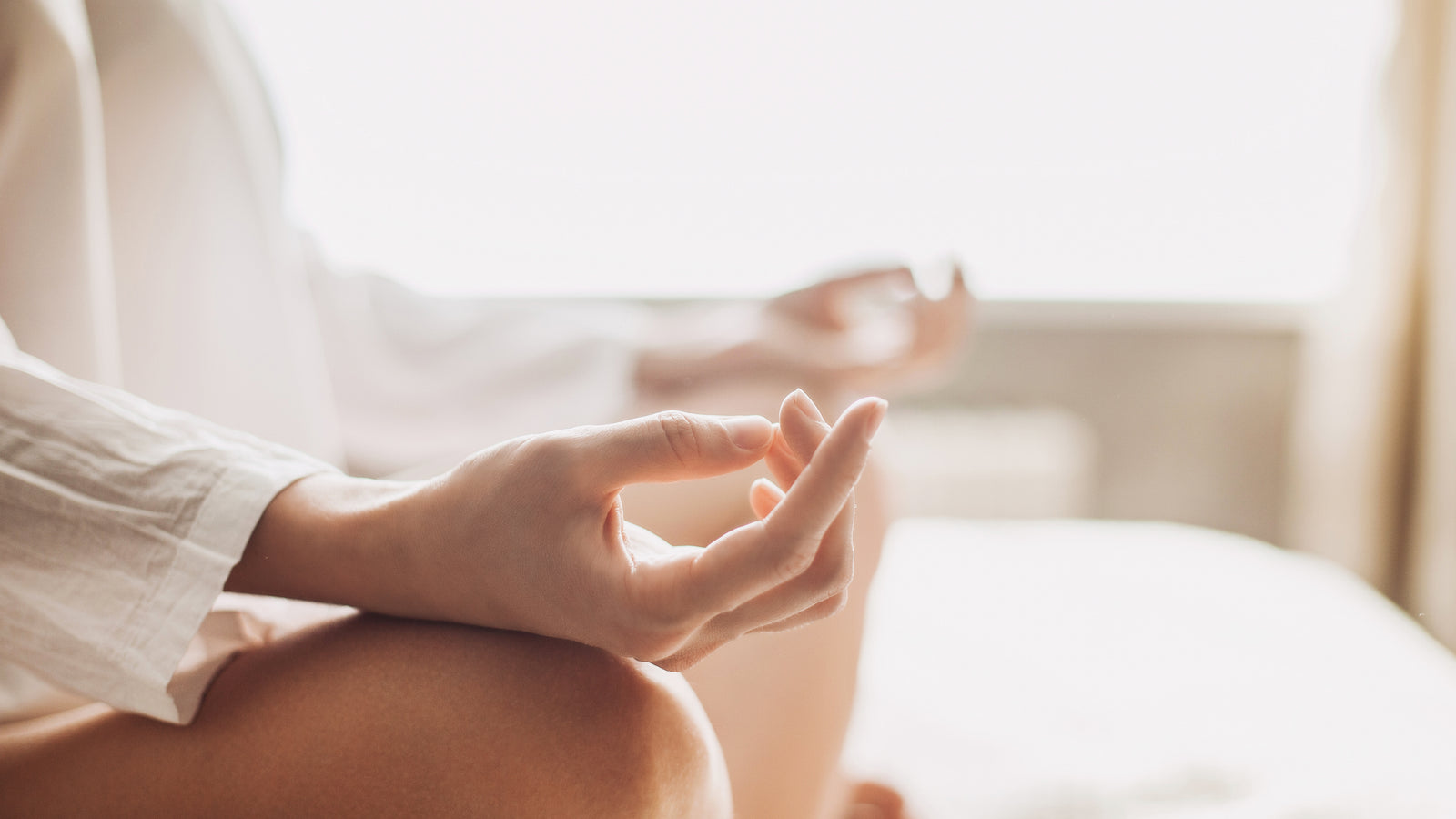
Sports Psychologist, Dr. Sue Jackson takes us through the physical and mental benefits of taking time to mentally prepare for routines and performances and the most beneficial ways to master this technique.
Imagery
Imagery, or Visualisation, is a popular psychological skill used by gymnasts looking for a mental edge. For anyone who watched the recent World Championships in Stuttgart, you would have seen gymnasts waiting to start being televised mentally rehearsing their routine. Some gymnasts do this primarily with their eyes and small head movements, while other gymnasts move their body as they imagine the routine in their head.
Visualisation is about seeing yourself perform your skills/routines via your mind’s eye. While visualisation is useful, an even more effective way to mentally practice your skills and routines is via Imagery. Imagery involves using as many senses as you can to bring the skill/routine to a high level of sensory awareness. As well as seeing yourself perform the movements, you bring other senses into the mental rehearsal – perhaps including the sounds of the movement, the feel of the contact with the apparatus, the awareness of the body, and where it is in space – the technical term for this skill is Kinesthetic awareness. Kinesthetic awareness is critical for skills involving complex movements. Put simply, developing the feel of the movement is critical to effective imagery. It helps to bring the skill alive in your mental rehearsal, and the more vivid the imagery, the more effective.
There are two basic types of imagery: External and Internal. External imagery is taking the perspective of what it would look like if you were watching yourself perform the skill; like replaying the skill through the lens of a video camera. Internal imagery is when you see the movements from the perspective of you performing them; as if you had a go pro on your forehead when performing the skill/routine. With internal imagery, you not only see what you see when you perform the skill you are rehearsing; you also focus on the feel of the movement, the contact of the body with the apparatus, the sounds you hear as you perform the movements, etc. Internal imagery is a more powerful form of imagery, as it develops two critical qualities for successful imagery: vividness and controllability.
Vivid images are clear and detailed; they create stronger pathways between the brain and body.
Controllability refers to your being able to control the images you create in your mental practice. It is important to keep in mind when using imagery that it’s not helpful to mentally practice yourself performing with poor execution – better to stop the imagery, and try again with a different skill, or break down the skill you are having trouble seeing yourself execute into component parts that you can successfully image.
"Practice is key to how effective imagery will be as a psychological tool for you."
If you would like to work on a psychological skills training program involving imagery, feel free to contact Sue on her website.
Leave a comment
Also in Advice for Gymnasts
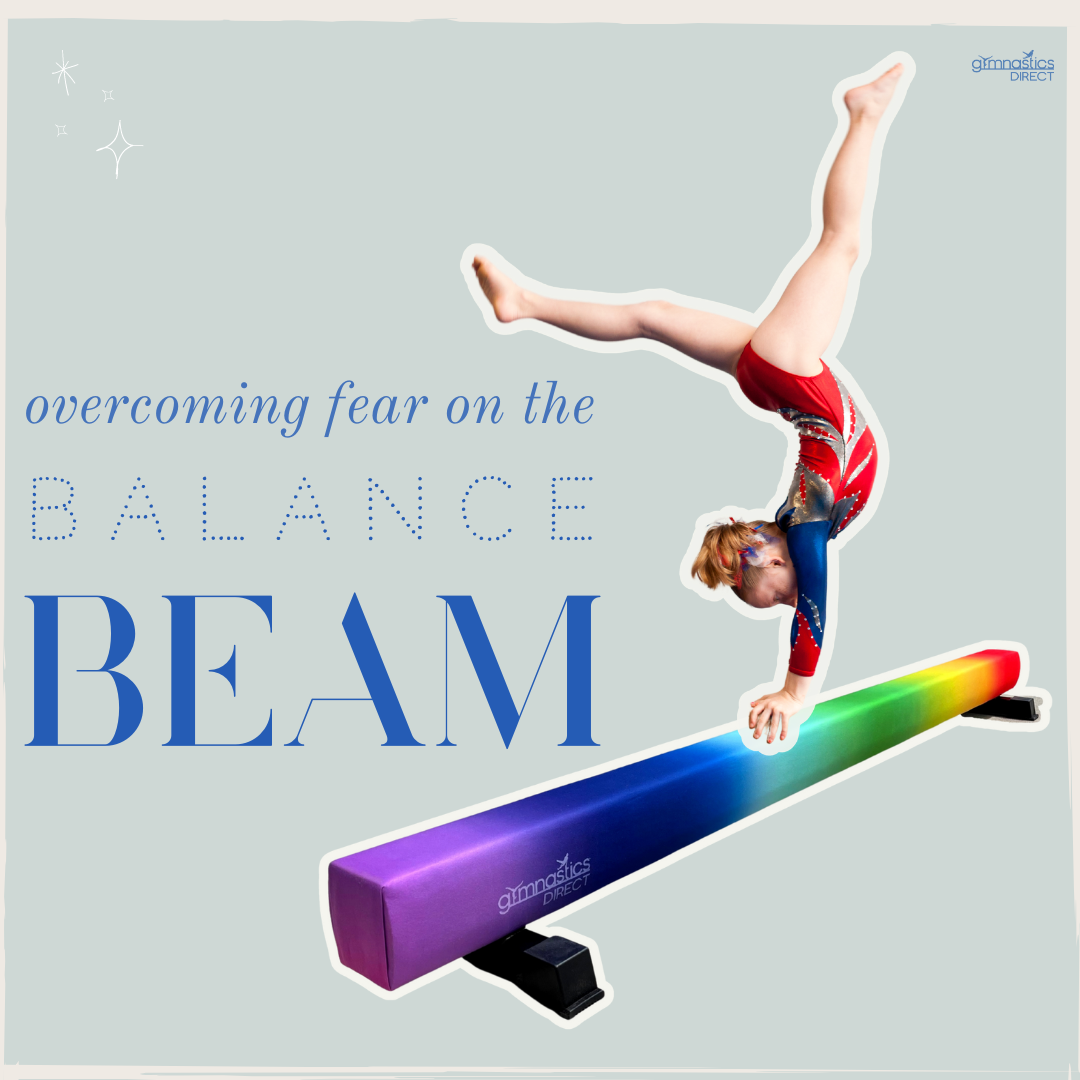
Overcoming fear on the Balance Beam
March 24, 2024 2 min read
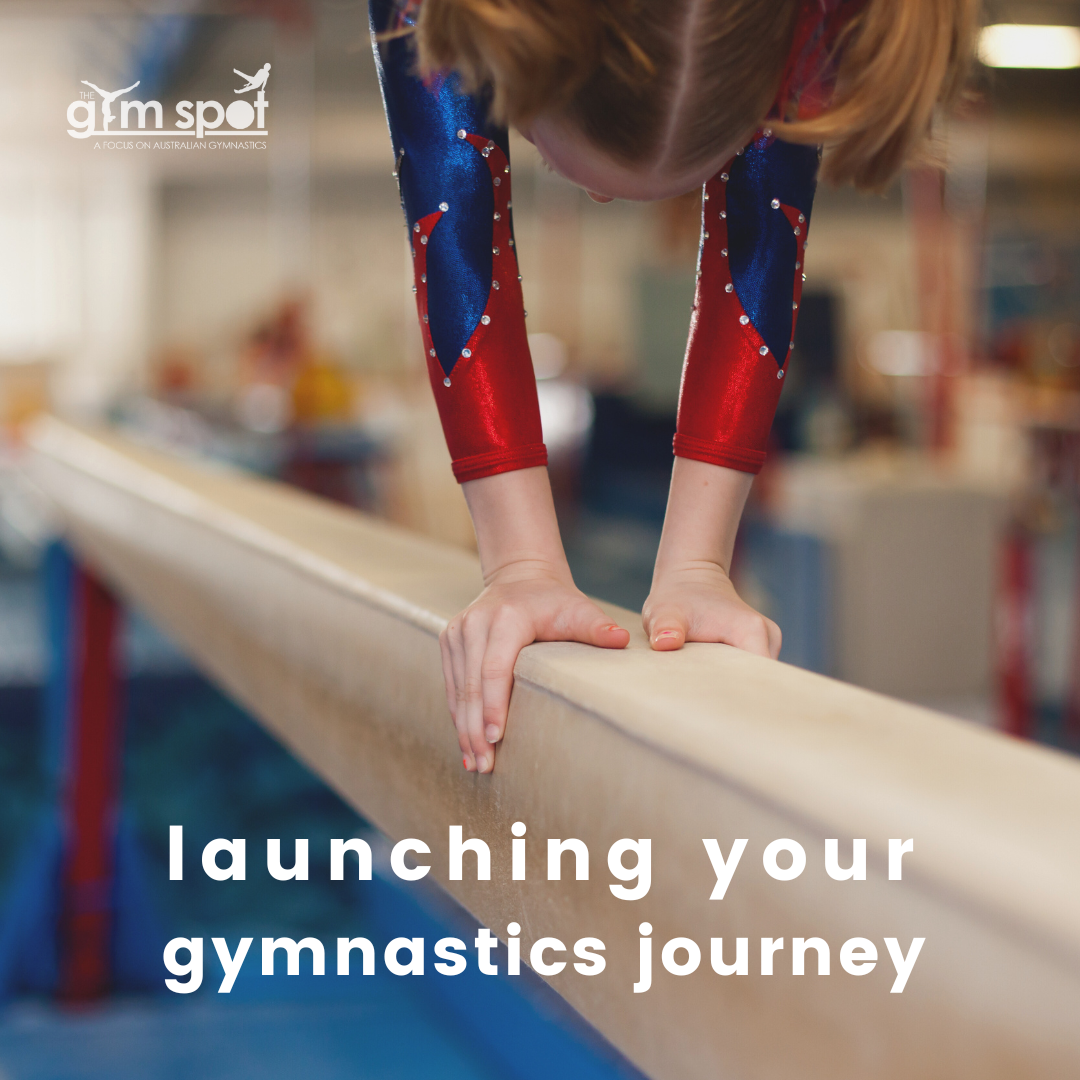
Best Gymnastics Equipment for Beginners
January 09, 2024 3 min read 2 Comments


